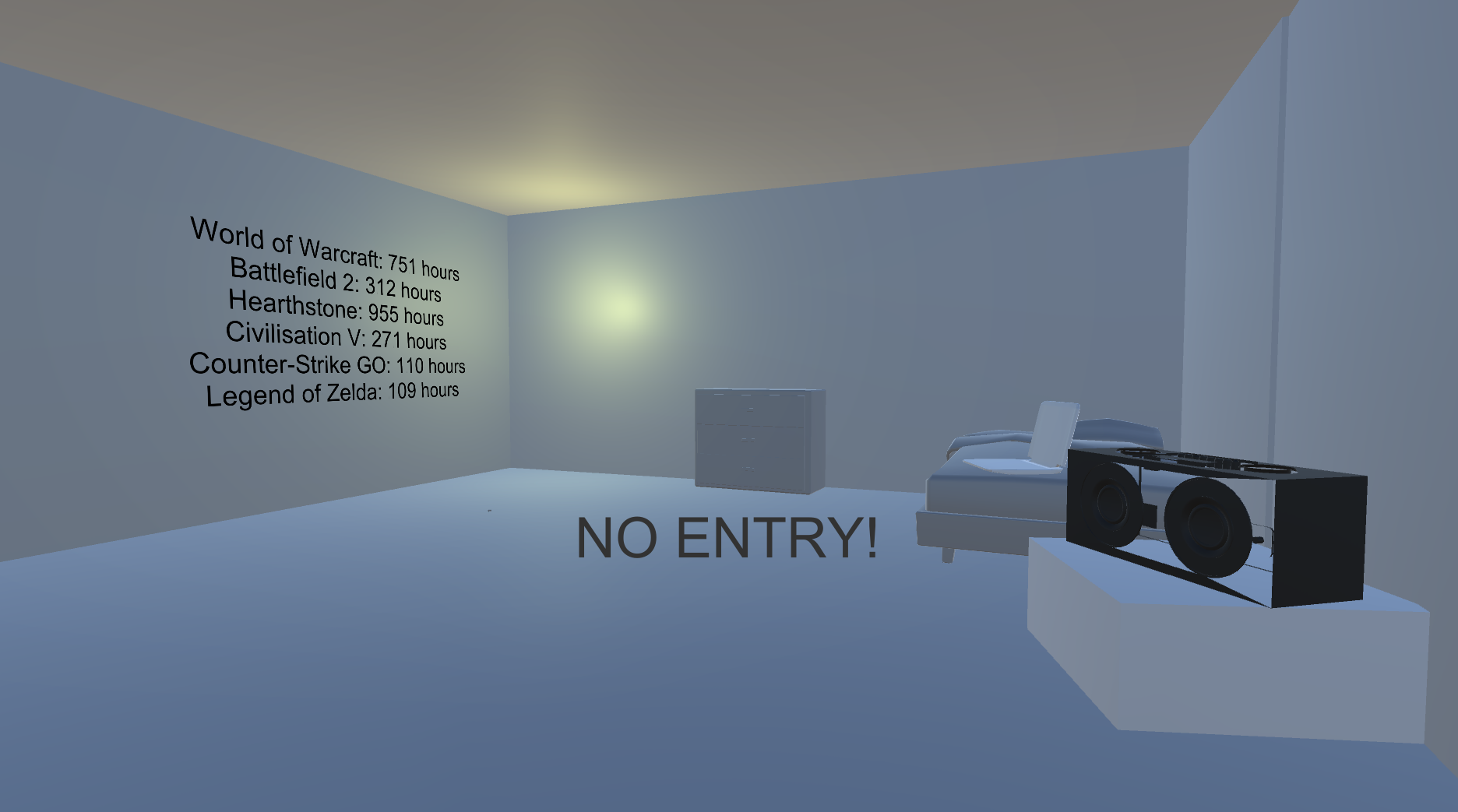As a game developer I find myself constantly prototyping and experimenting with new mechanics and aesthetics. I do this regularly to keep developing my design understanding, challenging my programming skills, test and tune complex systems and keep the river of game ideas flowing. All of the things shown below are some of my more interesting prototypes/projects i have developed over the years. It should be noted that everything shown below has been developed in my spare time outside of a professional compacity. I cannot promise that anything below is fun or polished at all, but I have learnt a lot. I have documented them here in an attempt to record my challenges and what interests me for anyone who would be interested.
Building my own 2D game engine
As a personal project, I have been writing my own 2D games engine. This engine handles game objects, physics, graphics and collisions. I am attempting to write it completely from scratch using 'Game Engine Architecture' by Jason Gregory and 'C++ for Game Programmers' by Michael J. Dickheiser (as well as any other good information i can find) as references. After approximately 2 years of ‘on and off’ development, I have successfully programmed and run simple games on it such as Pong, Breakout and Asteroids. I am also exploring to make a simple Zombie survival game with some simple AI. I will admit, it is not perfect, but I am presenting parts of the source files here as I feel they are a good representation of my coding ability.
There is only one way out.
Obviously, my profession demands that i spend hundreds of hours both playing and making games. At times I consider how much of my life I have spent sitting behind a keyboard and after some quick back of the napkin sums, the results can be quite daunting. With that in mind, I was interested in making a game that actively discourages the player from playing it.
'There is only one way out' is a first-person experience that briefly looks into how and why we play games for extremely long periods of time even when we sometimes don't want to. The game uses puzzles, comedy and audio to challenge the player to find 'the way to play'. The game constantly quits abruptly when the player attempts to play the game in order to trick the player into wanting to play. Language clues are used to challenge the player to find out even how to keep the game open, let alone play the experience.
Feedback: The game was very well enjoyed by a series of play-testers who all responded that they did feel like they wanted to consistently play the game despite it fighting against the player. Many players related to the theme of 'over-playing' games to the point of not enjoying them.
Momenta
First-person physics-based puzzle games such as Portal, Superliminal and Manifold Garden have always been favourites of mine so as a weekend prototype I embarked on making my own.
Momenta is an experimental game which explores spaces and the physics of movement. Players spawn and destroy blocks which have different properties and have different physical forces applied to them in order to solve puzzles and progress through the level. In the video above, the design intentions of the first two levels are further discussed
Modelling & Rigging Character
Coming from a science & programming background; the artistic elements of game development have always been a weak spot for me. Eager for a challenge and to understand something outside of my area of expertise, I decided to try to model rig and animate my own character from what I could learn on YouTube and online resources. After approximately 5 months I had modelled 5 separate characters and animated one.
The Million Dollar Lottery
A beginners problem in game theory is calculating the ideal amount of tickets to buy in a lottery if the winning prize is 1 million dollars and each ticket costs 1 dollar. Obviously if you buy more than 1 million tickets, you have greatly increased your chance to win but lost out financially. I wanted to push that idea even further and ask; 'what if the prize money was divided by the amount of times you entered?'
'The Million Dollar Lottery' is a 4 player mathematical simulation game which allows players to repeated take part in an experimental lottery. The rules of the lottery are that each player decides how many times they would like to enter the lottery. After a drawing, the winner wins as many points as the prize divided by the total entries.
It is common for mathematicians to model theoretical game mechanics in order to see if an 'equilibrium solution' emerges through play-testing and the goal of this game was to do something similar. After designing this lottery game, i was interested to see how players would decide to play optimally. After several play-tests it became clear that many play styles emerged.
Feedback: In general, the game interested several players and did produce a challenge to determine optimal play. Many players felt there was a 'runaway leader' problem due to the fact that as players won, they could enter more in continuing rounds creating a negative feedback loop. The randomness of the drawing would at times destroy this loop but not enough i would say to be a satisfying game mechanic.
The Great Sea Experiment (Realistic Buoyancy Model)
The Great Sea Experiment is a interactive poetic experience about the inevitability and ultimate passivity of most things. With the use of metaphor and audio, players sail into the darkness unsure about what will confront them and where they could end up.
This experience is quick and simple and allows people to reflect on where the are going in life. I used several of my favorite poems fed like breadcrumbs to the players to beckon them to move through the play space and among the waves. Hopefully inviting them to feel the passage of time and the motion of the waves beneath them.
This experience was built a buoyancy model I built in unity over a week. This model will calculate the upward force from any 3D shape/density and can accurately show whether any object will float or sink. This was done by using surface tris to calculate the volume of the model underwater and using buoyancy equations to calculate force every tick.
Feedback: People really seemed to enjoy this one and very quickly got the whole point of the game. I got a lot of interest in the music and many people seemed to enjoy it. I believe is due to the fact that the music 'emerges' from the static. The music is actually a pretty standard piece of contemporary classical music but in contrast to the static it sounds relieving, enjoyable and good piece of music to reflect to.





